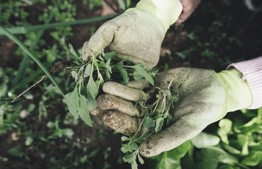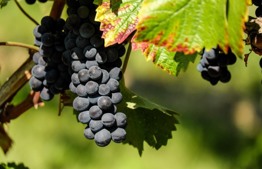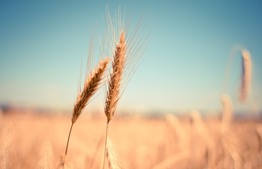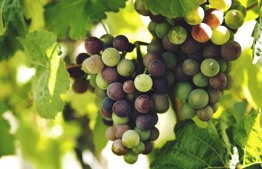Matanot Aniyim, Chapter 1: Laws of Pe'ah
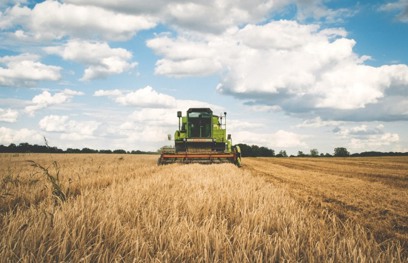
An overview of the laws of pe'ah: where does it apply and is a corner of the field still left today?
- Besides ma'aser ani (see Laws of Terumot and Ma'aserot), there are five other matanot aniyim: lekket, shichechah, pe'ah, peret, and ollelot[1]. Since many posekim rule that today we are not obligated in these mitzvot (see below), we will not delve deeply into the many halachot governing them.
- The Torah states: "And when you reap the harvest of your land, you shall not reap all the way to the edges of your field, or gather the gleanings of your harvest; you shall leave them for the poor and for the stranger: I the L-rd and your G-d" (Vayikra 23:22). That is, farmers are obligated to leave parts of their fields unharvested so that the poor can harvest the crops for their own benefit.[2]
- This mitzvah is a biblical injunction only in the Land of Israel;[3] today it is a rabbinic obligation.[4]
- There is no biblically mandated quantity of the field that is to be left unharvested. The rabbinic requirement is 1/60.[5]
- The mitzvah of pe'ah applies equally to fields of grains, orchards,[6] vegetable patches, and fields of legumes,[7] as long as the crops ripen together during one season, are harvested in a specific period of time, and the crops can be stored.[8] בפועל, רוב הירקות לא ראויים לאיסום, ולכן אין בהם דין פאה.
- The field owner needs to specifically designate the corner of the field as pe'ah (naming it as such); only then are the poor allowed to harvest from it.[9]
Today, due to the distance of farmland from urban areas, and because it is not worthwhile for poor individuals to gather small quantities, it is considered that the poor have given up on collecting pe'ah from fields and orchards (ye'ush). Thus, this mitzvah does not apply today.
[1] Rambam, Introduction to Hilchot Matanot Aniyim, counts five mitzvot aseh and five mitzvot lo ta'aseh, a total of ten mitzvot.
[2] Rambam, Hilchot Matanot Aniyim 1:1.
[3] According to Rambam, ibid., 1:14, this mitzvah also applies outside the Land of Israel rabbinically, as discussed in Chullin 134b. Rambam adds that in his opinion, all the other matanot aniyim also apply outside the Land of Israel, as a rabbinic obligation. However, many Rishonim hold that pe'ah applies only in the countries in close proximity to the Land of Israel. See Derech Emunah, Hilchot Matanot Aniyim, chap. 1, §14:84
[4] According to many Rishonim who hold that even the second sanctification of the Land of Israel is void (see Sefer HaTerumah, Hilchot Eretz Yisrael, 5776, p. 191 and n. 104); even according to Rambam's opinion that the second sanctification persists, it is nevertheless rabbinic, since the laws governing pe'ah are identical to those of terumot and ma'aserot (see Rambam, ibid.). For these mitzvot to assume biblical status, the majority of the Jewish People need to live in the Land of Israel (bi'at kulecham). See Pe'at HaShulchan, chap. 4, §15:39; Chazon Ish, Shevi'it §7:28, incipit ve'af; ibid., Ma'aserot §7:10, incipit veleket; see also Minchat Chinuch, mitzvah 216:13.
[7] This is Rambam's opinion (ibid., 2:1), that all types of produce are subject to pe'ah biblically, as per the criteria cited above. However, according to many Rishonim (Rabbeinu Tam, in Tosafot Shabbat 68a, incipit ve'ilu, among others), lekket, shichechah, and pe'ah have biblical status only for grains, oil, and wine (and grape juice). See Derech Emunah, ibid., chap. 2, Tziyun HaHalacha 31–32 ; see Chazon Ish, Shevi'it §7:27–28.
[8] Rambam, ibid.
[9] Derech Emunah, ibid., chap. 1 §1:7, following the Rambam, ibid., 2:14.

